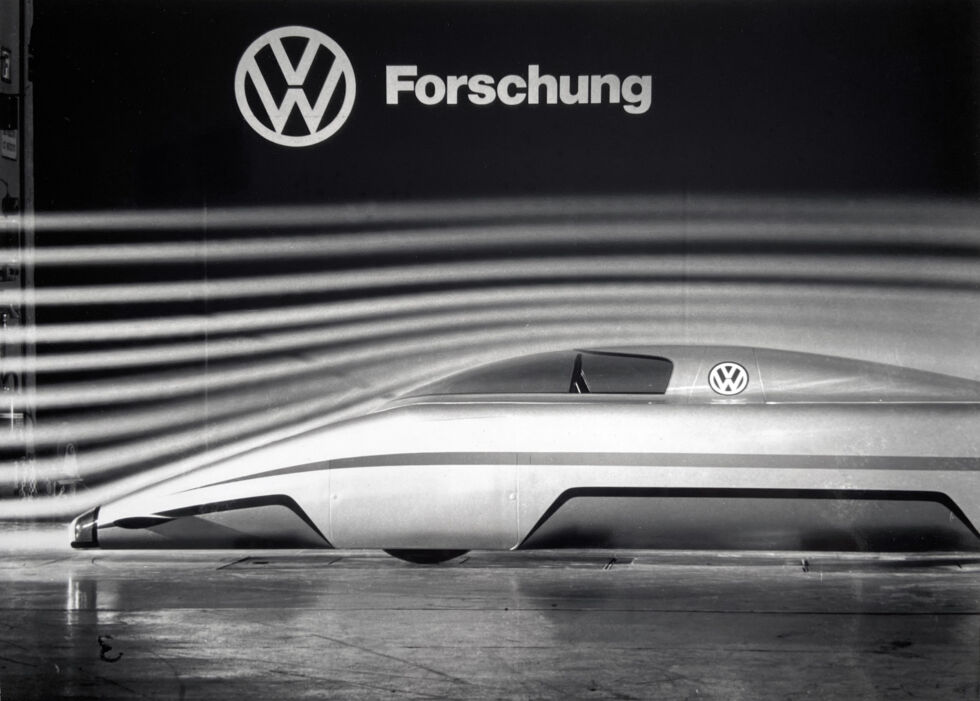These streamliners are the world’s most aerodynamic cars

In 1980, Volkswagen built the ARVW concept car, the most aerodynamic vehicle it has ever created. It achieved a drag coefficient (Cd) of just 0.15. By contrast, most road cars have a Cd of between 0.3-0.4. [credit: Volkswagen ]
With no car launches to work on thanks to COVID-19, some automakers' press offices are filling the gap by digging into the archives to share interesting stuff with the rest of us. On Thursday, Volkswagen North America reached out to tell us about the company's most aerodynamic car ever. It was called the Aerodynamic Research Volkswagen, and it was built in 1980 as a demonstration of how to make a vehicle as slippery as possible, with a drag coefficient (Cd) of just 0.15. Powered by a 177hp (132kW) 2.4L inline-six cylinder engine, the ARVW reached a speed of 225mph (362km/h) at the Nardo test track in southern Italy. But the ARVW isn't the lowest-drag vehicle ever built, just the lowest-drag VW. So what is the most aerodynamic car of all time?
Production carsWhen Tesla revealed its Model 3 sedan a few years ago, it was justifiably proud of the car's Cd of 0.23, which bettered the Models S and X by 0.01. Tesla didn't optimize the Model 3's aerodynamics just for bragging rights. The lower a car's drag, the farther it can go per unit of energy because it doesn't have to work as hard to push its way through the air. However, a Model 3 is only this slippery through the air when the car's 18-inch wheels are fitted with the aero wheel covers, something Car and Driver put to the test late last year. (If you're a Model 3 owner and into hypermiling, you can cut your car's drag-and thereby boost its range-even further by fitting aftermarket front- and rear spoilers.)
But the Model 3 isn't the lowest-drag car to have gone into production. Porsche's Taycan battery EV bested Tesla's best when it went on sale last year. Both the Taycan Turbo and Taycan 4S manage a Cd of 0.22, although again, only with the most aerodynamic wheels fitted. The Taycan Turbo S uses a different design, and in the wind tunnel, that adds 0.03 to the Cd.
Read 8 remaining paragraphs | Comments